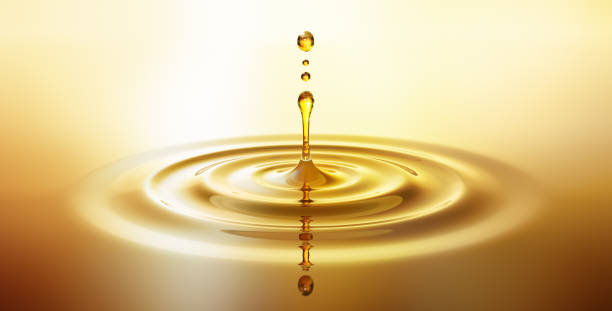
We often associate oily skin with a greasy diet, acne, and a general feeling of being unclean, but it is a necessary element if we want hydrated, glowing skin. So, when does too much oil turn into skin conditions and a pain in our exhaust pipes!?
First, we need to understand where the oil is coming from. The oil produced in our skin is called ‘sebum’ and is produced in the sebaceous glands. The major cells in our skin that comprise the sebaceous glands are called sebocytes, and as these cells disintegrate, they release sebum, the skin’s oil. The sebum is a viscous fluid (that greasiness you can feel) and it is composed of squalene, wax esters, triglycerides, fatty acids, and cholesterol. As you would expect, the sebaceous glands are highly concentrated behind the ear, on the face, the upper chest and back, all areas which commonly are affected by acne.
So why do some people produce more oil than others?
Well, the amount of sebum a person produces varies over the course of a life cycle. The sebaceous glands are present at birth and produce a large amount of sebum at this time and start to decrease until we hit puberty – where it dramatically increases and some of us get the dreaded ‘pizza face’ as a result. Unfortunately, sebum production in our skin doesn’t decrease after this time until menopause or when a male hits 60-70. This explains why some of us don’t just ‘grow out of’ teenage acne, but instead, need to educate ourselves on how to manage this increased oil flow. The rate of sebum production also differs significantly between individuals, and the causes can be as easy to pinpoint as a hairbrush in Mary Poppins handbag. However, a few we know for sure, like those related to our hormones, such as people with higher testosterone levels or going through ovulation, or others such as the environment, living in hot and humid conditions. So, with this in mind, the production of sebum can be impacted by a number of factors, and many are out of our control. But luckily, oily skin has plagued civilisation for decades and combatting the overproduction of sebum with the correct skincare and health advice means we don’t need to put up with being well-oiled gladiators.
Why don’t I just take medication to stop producing oil?
This is one of the ‘quick-fix’ methods many people resort to after trying every product on the shelf and failing to get any results. But stripping our skin of oil altogether can do more harm than good. Sebum produced by our sebaceous glands plays an important role in forming the protective acid mantle that keeps dirt and bacteria causing infections out. Sebum is essential for healthy, glowing skin, and some scientists speculate that it plays an antimicrobial and antioxidant role, even releasing pheromones.
What do I do if I have oily skin?
There is a fine line between too oily and too dry, so the goal is to get the skin to function optimally and take the correct steps in reducing the level of sebum in sebaceous glands, to instead produce hydrated and healthy skin. Skin conditions that occur with oily skin, such as acne, are caused when the sebum mixes with dead skin, bacteria or general grime blocks the pores, causing a build-up, creating the underlying pustules. Having the correct skincare products, a morning and night routine, as well as a treatment regime tailored to the texture, colour and function of your skin has proven results to enable the skin to function optimally and look healthy. DMK skincare has a range of products and treatments that can be tailored by DMK Skin Technicians that produce the desired results.
Standard DMK oily skin treatment protocol:
You will be given DMK Treatments once a week for the first four to six weeks. These treatments are designed to exfoliate redundant and dead skin cells while creating a healthy acid mantle without excess oils. The actual treatments may vary slightly and are customised for each individual patient. After the initial series of treatments, you will be expected to come back at least once a month for maintenance treatments. After your first visit, you will be prescribed several Home Prescriptive products to use. Since these are used in conjunction with your professional treatments, it is very important that you only use these products unless you have the approval to use others from your DMK Skin Technician.
What DMK Home Prescriptives should I use?
Morning
Milk Cleanser, Herb & Mineral Mist, Betagen, Seba-E, Hydroloc or Crème Citrique and Soleil SPF Sunscreen.
Night
Deep Pore Cleanser, Herb & Mineral Mist, Seba-E and Hydroloc or Nite Firming.
DMK tips to control oily skin:
Source: DMK Journal